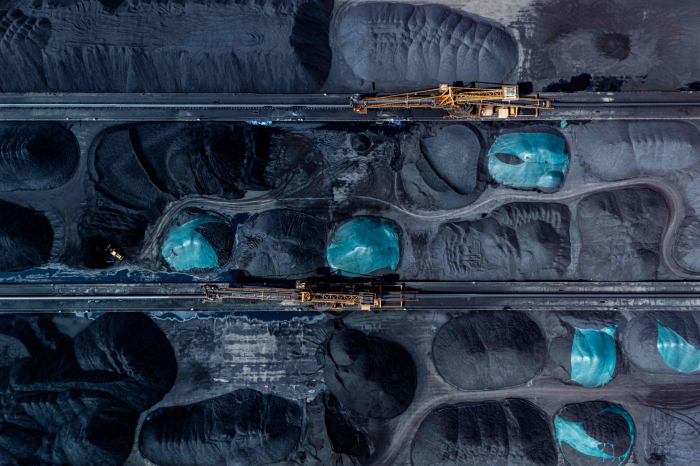Emissions of methane, a greenhouse gas, remained "far too high" worldwide last year despite available solutions, the International Energy Agency (IEA) said Wednesday, warning of a surge in massive leaks from oil and gas facilities.
Slashing emissions of methane, second only to carbon dioxide for its contribution to global warming, is essential to meeting international targets on climate change and is one of the fastest ways to curb temperature rise.
But the IEA warned that countries are considerably underestimating their energy sector methane pollution, estimating that emissions are around 80% higher than the total reported by governments to the United Nations.
The energy sector is responsible for around a third of the methane emitted by human activities.
It leaks from gas pipelines and other energy infrastructure and is deliberately released during equipment maintenance.
Tackling this is considered one of the easiest ways to lower emissions because plugging leaks can often be done at little or no cost.
"However, the latest data indicates that implementation of methane has continued to fall short of ambitions," said IEA Executive Director Fatih Birol.
'Super-emitters'
The IEA's Global Methane Tracker report said over 120 million tons were released from the fossil fuel sector in 2024, close to the record high in 2019.
China has the largest methane emissions globally, mainly from its coal sector.
The United States follows in second, driven by its oil and gas sector, with Russia third.
The IEA said its figures are based on measured data where possible, compared to emissions reported by governments, which can be outdated or estimated using information from the energy sector.
Global methane emissions are becoming easier to monitor from space, with more than 25 satellites tracking gas plumes from fossil fuel facilities and other sources.
The IEA said that Europe's Sentinel 5 satellite, which sees the very largest leaks, showed that "super-emitting methane events" at oil and gas facilities rose to a record high in 2024.
These huge leaks were observed worldwide, particularly in the U.S., Turkmenistan and Russia.
Abandoned oil and gas wells, and coal mines are also significant sources of methane leaking into the atmosphere, the IEA said in new analysis for this year's report.
When taken together, they would be the "world's fourth-largest emitter of fossil fuel methane," accounting for some 8 million tons last year.
'Tremendous impact'
Some 40% of methane emissions come from natural sources, mainly wetlands.
The rest are from human activities, particularly agriculture and the energy sector.
Because methane is potent but relatively short-lived, it is a key target for countries wanting to slash emissions quickly.
More than 150 countries have promised a 30% reduction by 2030.
Meanwhile, oil and gas firms have pledged to slash methane emissions by 2050.
The IEA estimated that cutting methane released by the fossil fuel sector would significantly slow global warming, preventing a roughly 0.1 degree Celsius rise in global temperatures by 2050.
"This would have a tremendous impact – comparable to eliminating all carbon dioxide emissions from the world's heavy industry in one stroke," the report said.
Around 70% of annual methane emissions from the energy sector could be avoided with existing technologies.
But only 5% of global oil and gas meet "near-zero" emissions standards, the IEA said.
Energy think tank Ember said the fossil fuel industry needs to reduce methane emissions by 75% by 2030 if the world is to meet the target of reducing overall emissions to net zero by the middle of this century.
In particular, methane from coal was "still being ignored," said Ember analyst Sabina Assan.
"There are cost-effective technologies available today, so this is a low-hanging fruit for tackling methane. We can't let coal mines off the hook any longer."
More about:
















































